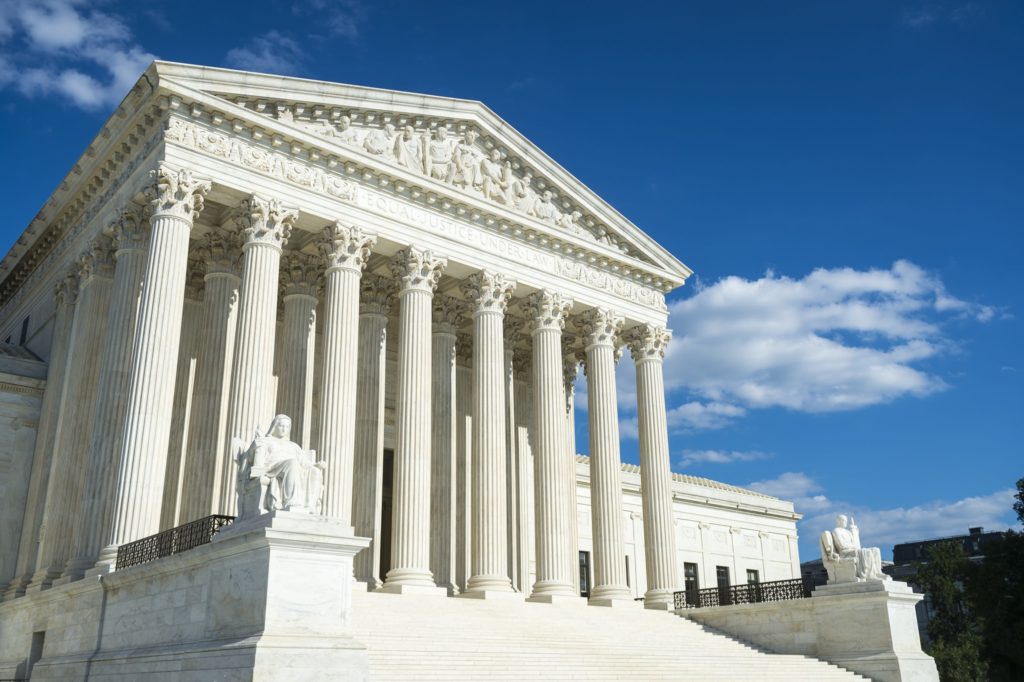Obama’s disappointing regulatory reform record
In his final State of the Union, President Obama declared his belief that “a thriving private sector is the lifeblood of our economy,” which he paired with the assertion that “there are outdated regulations that need to be changed and there’s red tape that needs to be cut.”
Hearing these words was less a cause to cheer than a depressing reminder of the road not taken. Obama arrived in office as a self-proclaimed reformer who aimed to go big in public policy. Tinkering with broken systems was futile; systemic reforms were needed. Health care, for example, needed to be reinvented entirely. Obama spoke as a progressive technocrat who wanted to pursue smartly designed post-partisan policies.
A few months into his first term, Obama appointed Cass Sunstein to head the White House’s Office of Information and Regulatory Affairs. A Harvard professor who understood regulation, Sunstein had a record of following logic and evidence even when it went to politically incorrect places. It looked to many of us like proof that the president wanted iconoclastic solutions. OIRA plays a critical role in producing rules that affect just about every aspect of our lives.
Hopes for regulatory reform rose higher in 2011, when Obama released an executive order directing agencies to “identify and consider regulatory approaches that reduce burdens and maintain flexibility and freedom of choice for the public.” The presidential directive also tasked agencies with crafting plans for retrospective reviews to ensure regulations were not “outmoded, ineffective, insufficient or excessively burdensome.”
The talk was big, but the action ultimately was underwhelming. The regulatory system remains today largely as it was. Private companies and groups frequently find themselves suing the government to halt extra-legal regulations. The Code of Federal Regulations, the corpus of current rules, continues to grow. Today, it runs to more than 175,000 pages.
Disappointingly, the Obama administration proved more than happy to issue mega-regulations to achieve its policy goals, like “net neutrality.” Sunstein quit in 2012 after suffering the slings and arrows of the left, who found him insufficiently eager to regulate. Rep. Darrell Issa, a California Republican,observed with a jaundiced eye that Sunstein “appeared to recognize the harm overly burdensome regulations inflict on economic growth and job creation—although he was not able to stop the tsunami of regulations enacted by the Obama administration.”
Obama has shown unabashed and consistent disdain for congressional efforts for regulatory reform. In both 2011 and 2015, Obama threatened to veto the REINS Act, which would have made Congress vote to approve $100 million regulations before they took effect. Last year, the president also threatened to strike down Rep. Bob Goodlatte’s modest Regulatory Accountability Act.
The week before his SOTU pronouncement, the Obama administration promised to veto two regulatory reform bills: the Sunshine for Regulatory Decrees Act and the SCRUB Act. The former legislation aims to open to public scrutiny the “sue and settle” agreements between regulators and the regulated. The latter bill would create a bipartisan process for weeding out old and failed regulations. Never mind that the SCRUB Act had the support of Speaker Paul Ryan and 245 members of the House. “Although outside input and perspective on what rules may be ripe for potential reform or repeal is crucial,” the administration lectured, such “review is most effective when led by the agencies.” Even when both house of Congress voted to disapprove of a particular rule, the president wielded his veto.
In the past seven years, Obama has behaved less as a regulatory reformer than an eager proponent of executive unilateralism. The only regulatory changes enacted were those he likes, none of which have fundamentally transformed the regulatory regime. If that were not sufficiently disappointing, more new regulations can be expected before Obama departs from office.







